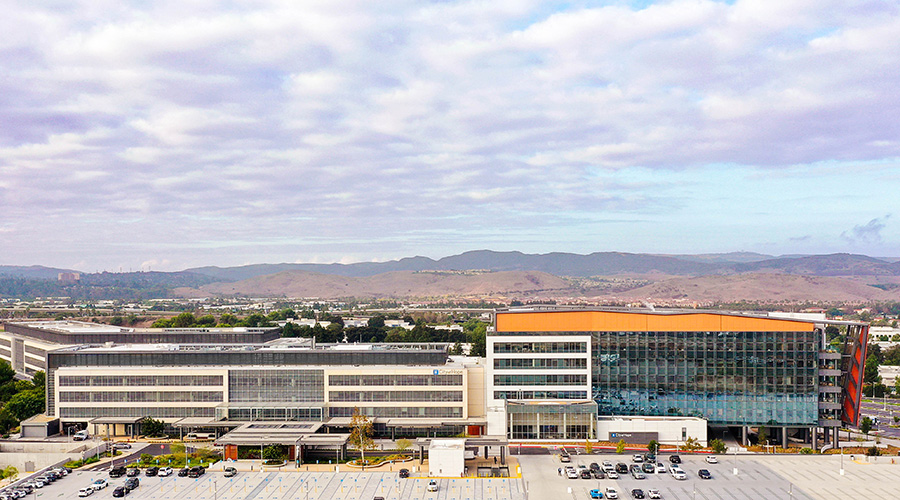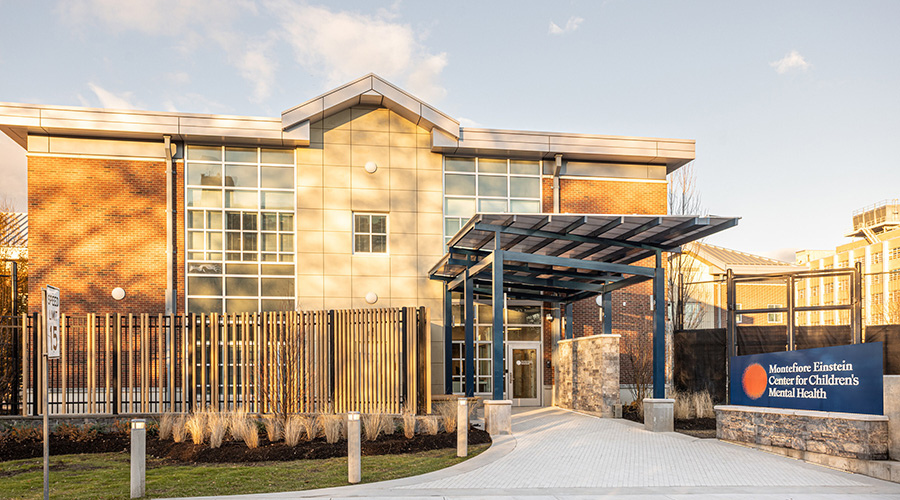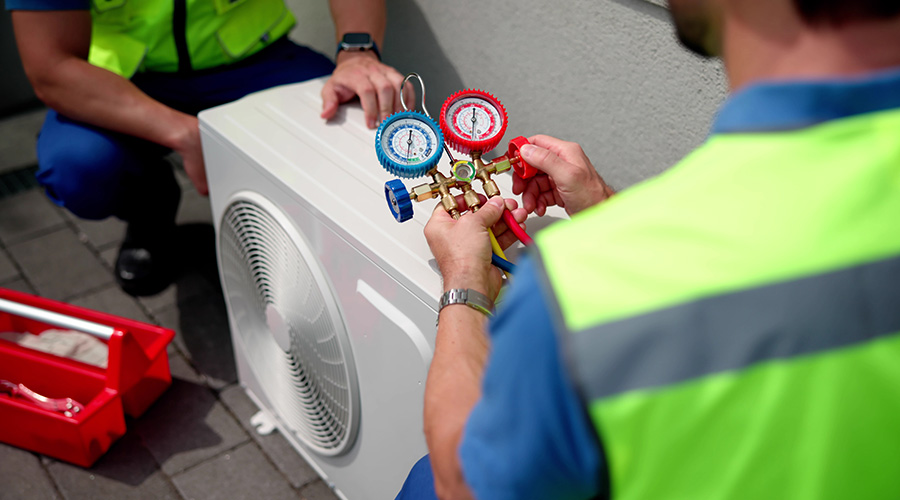A building’s energy costs are typically its largest operating expense, and, as expected, hospitals and similar medical facilities operating 24/7 use more energy per square foot and typically have a higher energy cost than commercial facilities.
To combat rising costs associated with energy use and water consumption, more facilities managers in healthcare facilities are turning to building energy and water use assessments as a practical way to benchmark their facilities and to identify and assess the financial viability of potential energy conservation and reduction measures (ECRM).
If an organization has environmental, social and governance (ESG) objectives, managers also can use energy and water usage assessments to inform that program and guide investment in future sustainability practices.
Managers interested in using assessments can break the process down into a number of practical steps:
- determine a facility’s energy and water consumption and costs
- benchmark and compare the use and cost data to the median of peer buildings nationally and locally
- identify potential energy and water conservation and reduction measures
- determine key components for each energy and water system reduction measure, including: implementation cost; estimated annual energy, water and cost savings; payback over years; expected impact in maintenance expenses; net cash flow by year; and overall ECRM initiative’s anticipated internal rate of return.
Getting started
Among the first actions in developing an energy and water assessment for a healthcare facility is reviewing energy and water billings and conducting a site inspection. Owners or managers should provide a minimum of one year’s worth — preferably three year’s worth — of energy and water billings, as well as information on electrical and natural gas utility tariff rate schedules. The review confirms the age, condition and efficiency of the facility’s energy and water-consuming systems.
Owners or managers should participate in the site visit to make a visual assessment of system types, their energy efficiency ratings and diagnostic information while noting a list of characteristics, including: the building’s primary use, age and gross square footage; the envelope— roof, glass, exterior walls, insulation — and mechanical, electrical, lighting and plumbing systems’ uses and controls.
Using common commercial software, an energy model is built from the field assessment and available documents and includes data such as:
- building dimensions, orientation, age and gross square footage
- glass, wall, fenestration and roof heat-transfer characteristics
- mechanical HVAC systems sizing and efficiencies
- air-distribution characteristics
- electrical power demands and receptacle loads
- lighting types and controls
- plumbing fixture, heating and pumping equipment
- building operating schedules.
Once the team verifies that the energy model accurately reflects the building’s approximate energy and water consumption and costs, a follow-on analysis determines the building’s annual energy use intensity (EUI) and energy cost intensity (ECI) indices.
Related: What Kinds of Energy Efficient Technologies Can Hospitals Use?
The EUI defines the total square footage Btu used per hour per square foot per year, while the ECI breaks down the energy cost per square foot per year. These data points are important in understanding a building's energy performance benchmarks compared to other healthcare facilities nationally and to those locally, as well as understanding the opportunity for, and potential economic return on, energy and water reduction strategies.
Comparing for savings
The Commercial Building Energy Consumption Survey (CBECS) uses publicly available data last compiled in 2018, and updated in 2022, by the U.S. Department of Energy. Based on nearly 96 million square feet of U.S. commercial properties, the survey has benchmarking data customized to select industry sectors, including medical and professional buildings.
The data to which a manager can compare a building’s energy performance to peer facilities across the country includes the total energy consumption and gross energy intensity per the sum of all major fuels with it spelled out according to:
- number of buildings in the data set
- total floor space
- total Btuh
- total Btuh per building and per square foot.
In the last several years, Energy Star scores also have become available. They are based on CBECS 2018 and other survey data on the healthcare sector. They normalize for weather, occupancy, operating hours and the number of workers.
In a spreadsheet or bar chart format, owners and managers can quickly see if their facility has a low, moderate or high EUI and ECI compared to like facilities geographically on a square foot basis.
The energy and water usage assessment report typically includes: the list of documents provided; site observations; diagnostic information collected; building information; the energy model; benchmarking and comparison results; potential ECRMs, along with their installed costs and approximate rates of return; and recommendations.
Results into action
Based on the results of the energy and water use assessment, managers can identify a progression of low-cost to capital-intensive projects to improve the energy and water use efficiency of a building’s systems. Then they can perform economic analysis, comparing each to the property’s energy baseline to determine approximate rates of return.
ECRMs can range from changing existing plumbing fixtures with low-flow alternatives to replacing a roof with a reflective membrane and improved insulation.
The ECRMs can be presented in graphic form to provide an at-a-glance summary as to the estimated effect of their installation, with or without accounting for potential rebates and other considerations, such as tenant re-imbursements and operating expense base stops.
An energy and water usage assessment is a practical initiative any healthcare facility owner or manager can undertake to learn the potential for significant savings in energy and water use, as well as operational and maintenance costs. For facilities with moderate to high energy use and costs compared to peer facilities, the economic return on the ECRMs can be immediate or can play out over the long term.
Jeffrey A. Miller, P.E., is a senior engineer and senior principal in Terracon’s facilities office in Houston.

 State of the Facilities Management Industry in 2025
State of the Facilities Management Industry in 2025 City of Hope to Open New Cancer Specialty Hospital in California
City of Hope to Open New Cancer Specialty Hospital in California Montefiore Einstein Opening New Inpatient Center for Youth in the Bronx
Montefiore Einstein Opening New Inpatient Center for Youth in the Bronx Skill Stacking: How Micro-Credentials Are Reshaping Trades
Skill Stacking: How Micro-Credentials Are Reshaping Trades Prima Medicine Opens New Location in Tysons, Virginia
Prima Medicine Opens New Location in Tysons, Virginia